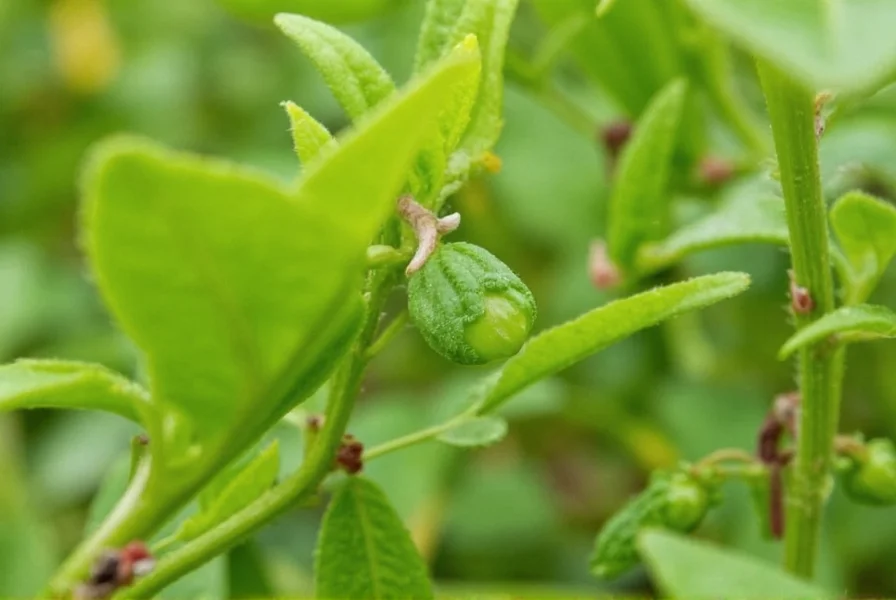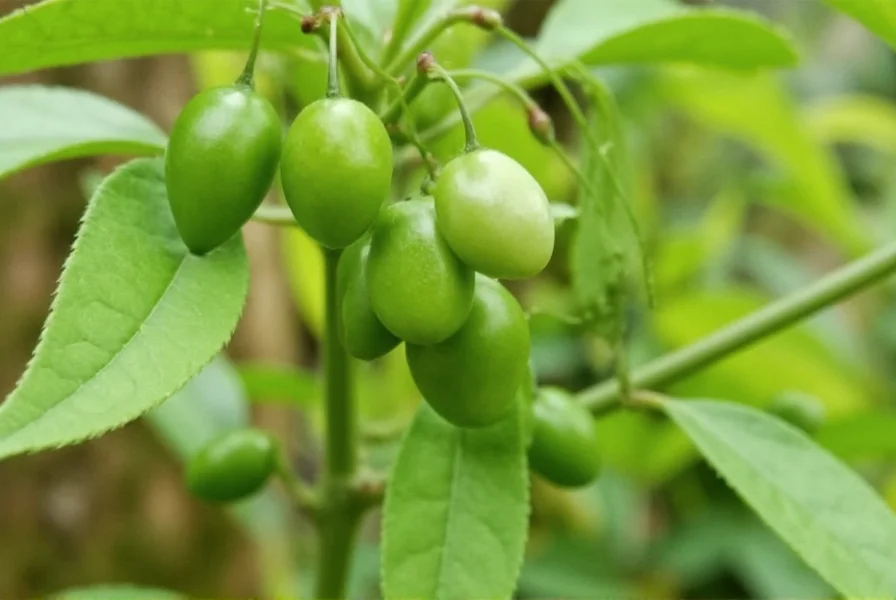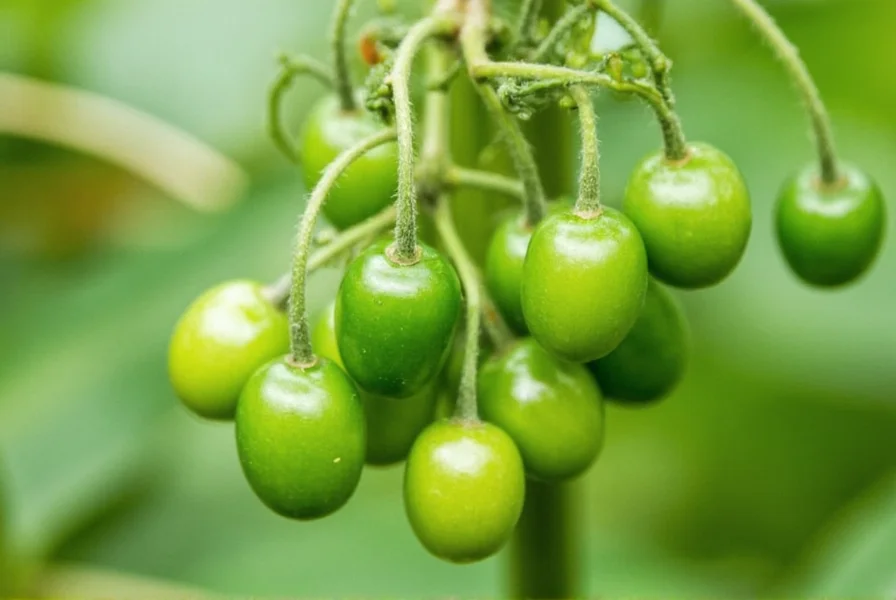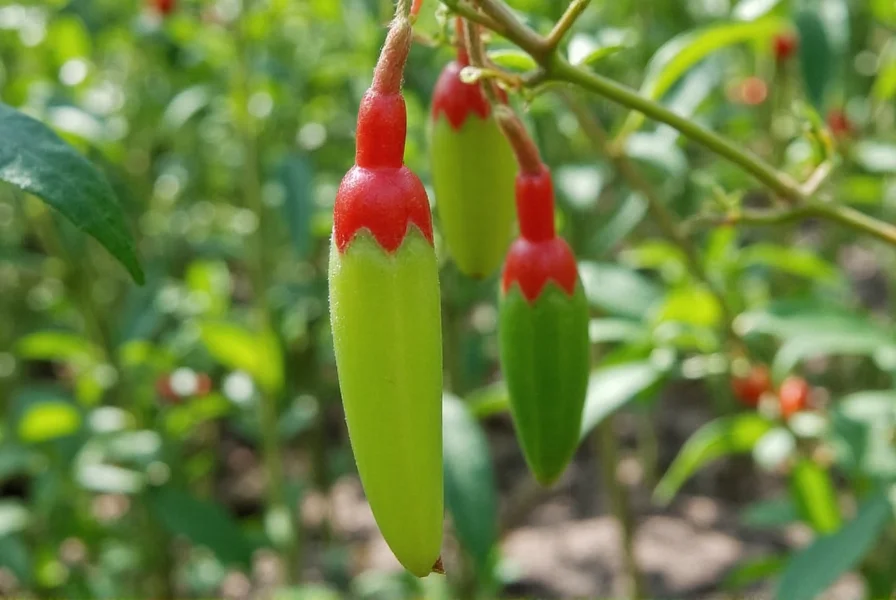Table of Contents
How to Grow Pequin Peppers Successfully
Pequin peppers (Capsicum annuum) thrive in warm climates and require specific conditions for optimal growth. This guide focuses exclusively on cultivation techniques to help you grow healthy, productive plants.

Soil Requirements
Pequin peppers need well-draining soil with a pH of 6.0-6.8. Mix 50% potting soil with 50% compost for ideal texture. Avoid heavy clay soils that retain too much moisture.
Planting Depth & Spacing
Start seeds 1/4 inch deep in seed trays. When transplanting, space plants 18-24 inches apart to ensure proper air circulation. For container growing, use pots at least 12 inches in diameter with drainage holes.
Temperature & Sunlight
Pequin peppers require consistent temperatures between 70-85°F (21-29°C) during germination. Once established, they need 6-8 hours of direct sunlight daily. Use grow lights for indoor cultivation if natural light is insufficient.
Optimal Harvesting Techniques
Harvest timing directly impacts flavor and heat levels. Pequin peppers are ready when they turn bright red (typically 70-90 days after planting). Gently twist peppers from the stem or use clean scissors to avoid damaging the plant.

Indoor Growing Guide
Pequin peppers can be grown year-round indoors with proper conditions:
- Light: Use full-spectrum LED grow lights for 12-14 hours daily
- Temperature: Maintain 65-80°F (18-27°C) range
- Pollination: Gently shake plants daily or use a small brush to transfer pollen between flowers
- Watering: Water when top 1 inch of soil is dry; avoid wetting leaves to prevent fungal issues
| Indoor Growing Factor | Optimal Condition | Troubleshooting Tip |
|---|---|---|
| Light | 12-14 hours daily | Yellowing leaves? Increase light exposure |
| Temperature | 65-80°F (18-27°C) | Slow growth? Check for drafts or temperature fluctuations |
| Humidity | 40-60% | Mold issues? Improve air circulation with a fan |
Proper Storage Methods
Correct storage preserves heat and flavor for months:
- Refrigeration: Store fresh peppers in paper bags in crisper drawer for up to 2 weeks
- Drying: String peppers on twine and hang in dry, dark place for 2-3 weeks
- Freezing: Wash, dry, and freeze whole peppers in airtight containers for up to 6 months

Common Growing Problems & Solutions
| Problem | Causes | Solution |
|---|---|---|
| Leaf yellowing | Overwatering or nitrogen deficiency | Reduce watering frequency; apply balanced fertilizer |
| Flower drop | Poor pollination or temperature stress | Hand-pollinate flowers; maintain consistent temperatures |
| Slow growth | Insufficient light or cold soil | Move to sunnier location; use heat mat for seedlings |
| Pest infestation | Aphids or spider mites | Apply neem oil spray; introduce beneficial insects |
Pequin Pepper Growing FAQs
Why are my pequin peppers not turning red?
Pequin peppers typically take 70-90 days to fully ripen. If they're not turning red, check for: insufficient sunlight (need 6-8 hours daily), temperatures below 65°F (18°C), or nutrient deficiencies. Ensure consistent watering and consider adding phosphorus-rich fertilizer to promote ripening.
Can I grow pequin peppers from store-bought peppers?
Yes, but success varies. Save seeds from fully ripe, red peppers. Soak seeds in warm water for 24 hours before planting. Note that store-bought peppers may be hybrids that don't produce true-to-type offspring.
How do I prevent blossom end rot?
Blossom end rot is caused by calcium deficiency and inconsistent watering. Maintain even soil moisture and apply calcium-rich fertilizer. Mulch around plants to regulate soil moisture levels.
What's the best way to deal with aphids?
For minor infestations, spray plants with water to dislodge aphids. For persistent problems, use insecticidal soap or neem oil spray. Introduce ladybugs or lacewings as natural predators. Avoid broad-spectrum pesticides that harm beneficial insects.
Key Takeaways for Successful Pequin Pepper Cultivation
Pequin peppers thrive with consistent warmth, ample sunlight, and careful watering. Focus on soil preparation, proper spacing, and monitoring for common issues. With these techniques, you'll enjoy a bountiful harvest of these flavorful peppers year after year.











 浙公网安备
33010002000092号
浙公网安备
33010002000092号 浙B2-20120091-4
浙B2-20120091-4